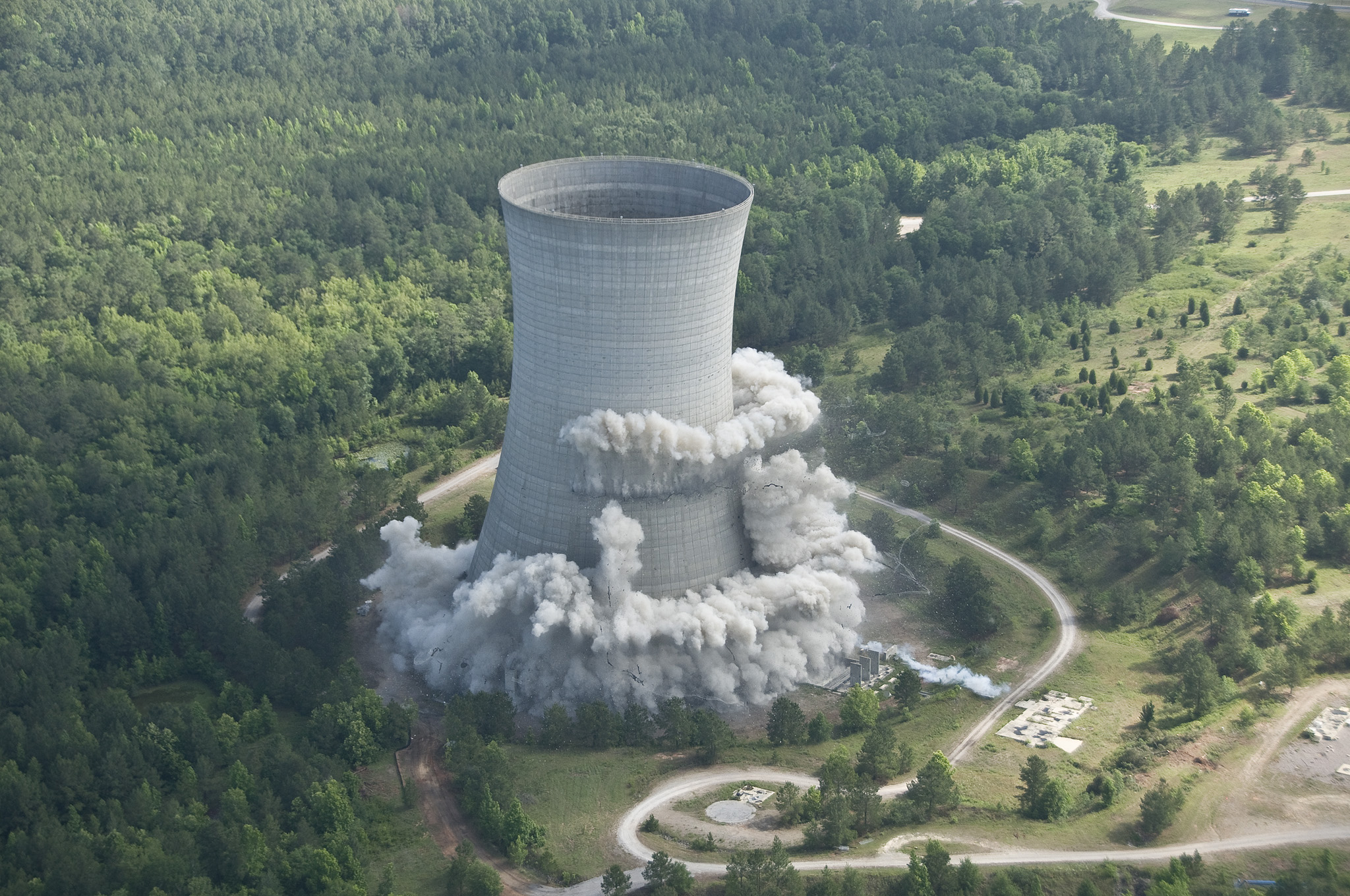September 30, 2025, 14:00-15:00 CET
This September 30th, YEAR will be hosting the webinar on nuclear innovation and their relation to sustainable solutions!
As the world races toward net-zero emissions, nuclear energy is stepping into the spotlight with bold, innovative solutions. From powering offshore vessels with advanced reactors to deploying next-generation Small Modular Reactors (SMRs) to Earthquake tests for safety of the nuclear facilities (TAMARIS), nuclear technology is reshaping the energy landscape. Join us for a dynamic webinar where leading scientists Casper Versteylen, Fares Alblouwy and Darius Seyedi share groundbreaking research and real-world applications of nuclear energy in maritime and modular systems. Discover how High Temperature Gas Cooled Reactors could revolutionize offshore operations, and explore the journey of the LDR-50 SMR from concept to deployment.
Whether you’re in energy, maritime, policy, or innovation: this session will spark ideas, and open doors to collaboration. Let’s explore how nuclear energy can drive a cleaner, smarter future.
Sign up for the webinar here!
WEBINAR OVERVIEW
- Talk 1: Casper Versteylen
Casper will give insight into how the maritime industry is exploring solutions to reduce their carbon footprint, through nuclear propulsion in the NuclearDrive consortium. This consortium believes in solutions between countries and therefore operates on an European level.
- Talk 2: Fares Alblouwy
Fares will deliver a talk on safety analysis of promising nuclear reactor types. This talk will particularly focus on LDR-50 Small Modular Reactors that are developed by VTT.
- Talk 3: Darius Seyedi
Among the external hazards to be considered for the safety of nuclear facilities, earthquakes are the most common. An accurate estimation of the seismic response of structures and equipment is therefore of great importance to ensuring their safety. Experimental platforms play a key role in earthquake engineering, as they make it possible to conduct tests under conditions close to reality. Since 1991, the CEA has operated the TAMARIS experimental platform. It includes three hydraulic shaking tables that allow dynamic tests to be carried out under different load conditions and capacities. The largest of these, the AZALEE table, has a maximum load capacity of 100 tons and a surface area of 6 × 6 m². It can reproduce seismic loading on large specimens (up to 7 m high) with significant mass, along all three spatial axes. This talk will introduce the principles of dynamic testing using shaking tables. Examples of experimental campaigns carried out on the TAMARIS platform will be presented to support the discussion.
Non-energy uses of nuclear energy
– Maritime transport (TNO)
– District heating (VTT)
-Nuclear facility safety i.e. Earthquake tests (CEA)
ABOUT THE SPEAKERS

Casper Versteylen is a scientist working on the energy transition of the maritime sector, with prior experience in the nuclear sector as a materials scientist. In his research, he focuses on the decarbonization of the maritime and offshore sectors through nuclear energy. Specifically for the particularly large, heavy operation vessels intended for long operations offshore, the option of nuclear energy is explored in the NuclearDrive consortium. One of the current proposals is to build a High Temperature Gas Cooled Reactor (HTGCR), the energy is intended for the mission profile rather than for propulsion. The consortium is also still looking for collaboration to contribute to European calls and to help bring this option forward in Europe.

Fares Alblouwy works as a research scientist at VTT Technical Research Centre of Finland, focusing on safety analysis of Pressurized Water Reactors (PWRs), Small Modular Reactors (SMRs), and code validation. SMRs are gaining significant global attention and momentum as part of the efforts to tackle climate change and rising energy demand. However, innovative designs often bring new challenges and constraints. In this presentation, Fares will shed light on these aspects, with a particular focus on the LDR-50, an SMR concept developed at VTT that is now advancing further under the leadership of Steady Energy, moving closer to deployment.

After a Civil engineering degree from University of Tehran in 1996, Darius Seyedi obtained a Master degree in soil and rock mechanics from Ecole Nationale des Ponts et Chaussées in 2000 and a PhD in Solid Mechanics from Ecole Normale Supérieure de Cachan in 2004. From 2004 to 2012, he served as a senior researcher and R&D project manager at BRGM (French Geological Survey). Between 2012 and 2018, He worked as a senior geomechanics/civil engineer at R&D Division of ANDRA.
He joined CEA Paris-Saclay in December 2018 as the head of the laboratory of Structural Integrity and Standards. Since 2021, he is the head of the laboratory of Seismic Mechanics Studies (EMSI Lab). He works on studying mechanical damage to materials and structures under extreme stress, particularly via the TAMARIS seismic platform, one of the largest seismic platforms in Europe. His research interests cover different fields of civil engineering such as probabilistic/numerical modelling of damage and fracture in heterogeneous materials, numerical modelling of coupled phenomena and development of constitutive models for rocks.

